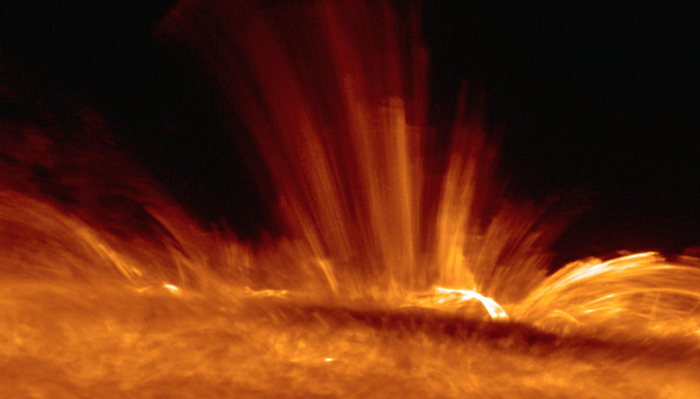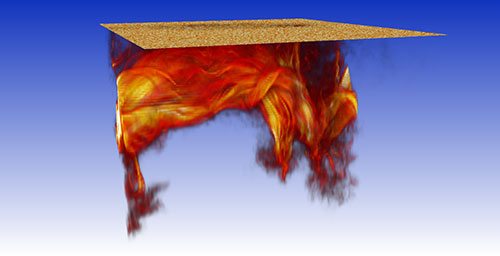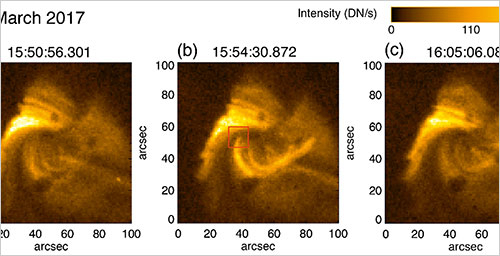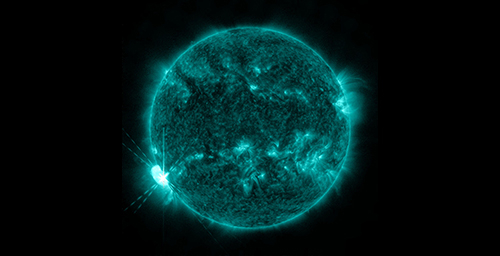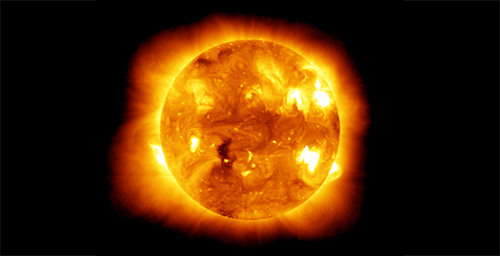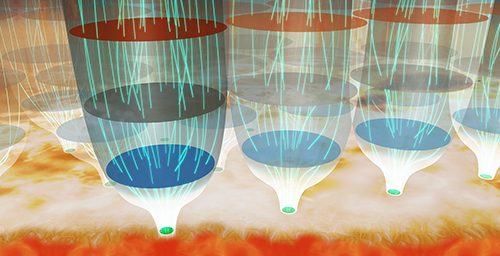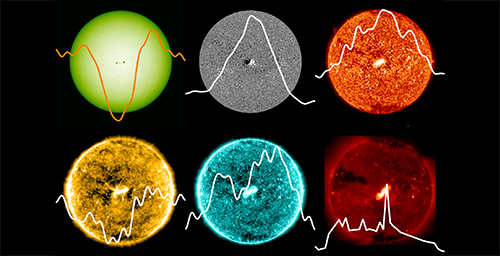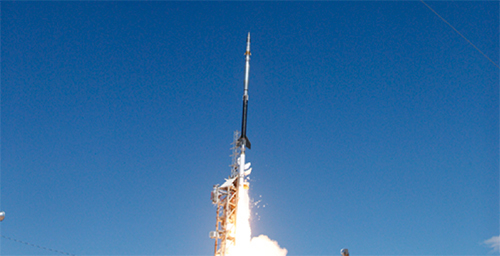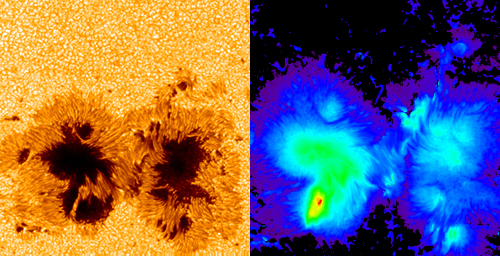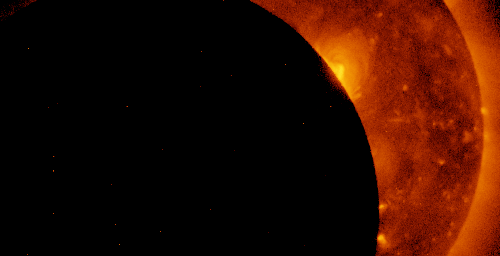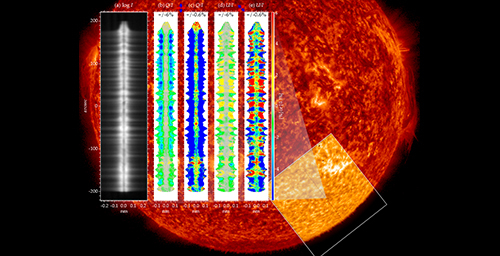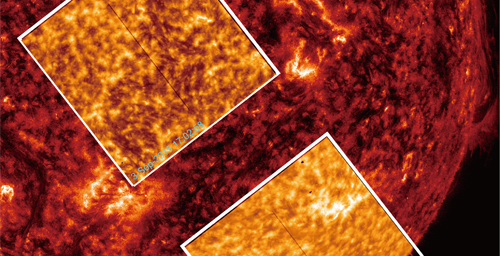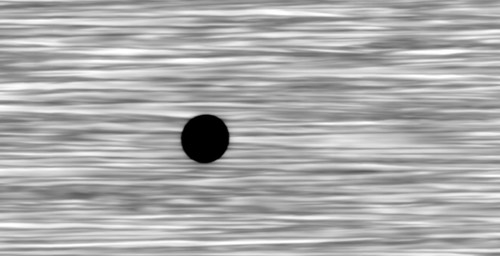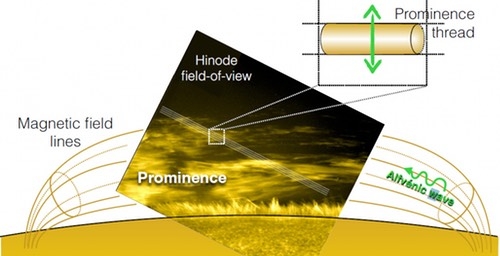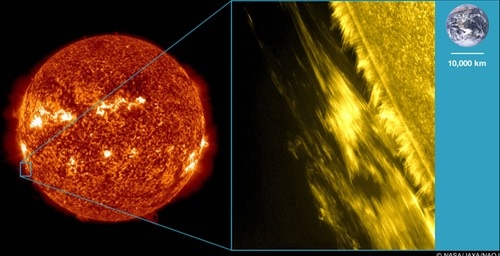Hinode and IRIS have shown that the dynamic solar chromosphere could be heated and formed by dissipation of the energy of waves.
Although the solar energy sources are located at the core of the Sun, the temperature of the upper part of the solar atmosphere (called the chromosphere and corona) is higher than that of the visible surface, i.e. photosphere. The mechanisms that produce such a peculiar behavior are still a mystery for solar researchers. Waves, which propagate upward along the magnetic field lines and dissipate (thermalize) the energy at the upper atmosphere, are one of the candidates that would transport the energy to the chromosphere and corona. In order to verify this idea, we need to check whether the amount of energy dissipated at the upper atmosphere is sufficient for maintaining the coronal temperature or not.
A Japanese research team tried to tackle this for the first time evaluating how much energy is dissipated at the chromosphere through waves. The results show that the amount of dissipated energy is ten times larger than the required energy to maintain the chromosphere. Therefore, waves could be responsible to heat the upper chromosphere up to its present values, i.e. 10,000 Kelvin.
This discovery was found thanks to a international collaboration between Japan-US solar observing satellites. The Hinode mission revealed photospheric tiny fluctuations of the physical parameters through spectropolarimetric observations. Moreover, the IRIS (Interface Region Imaging Spectrograph) performed spectroscopic observations to derive the physical information of the upper chromosphere. The combination of these satellites made possible to evaluate the dissipated energy by comparing the energy fluxes obtained at the two atmospheric layers.

